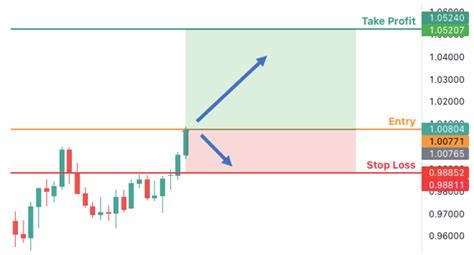“Successful Cryptocurrency Market Strategies: A Guide to Cryptocurrencies, Stop Orders, Price Action, and Taxes”
In the world of cryptocurrency trading, it is very important to have a good understanding of market dynamics, technical indicators, and risk management strategies. Cryptocurrency trading essentially involves buying or selling cryptocurrencies such as Bitcoin (BTC), Ethereum (ETH), and others for profit. In this article, we will look at three main strategies that can help you navigate the cryptocurrency market: cryptocurrencies, stop orders, price action, and fees.
Strategies for Success in the Cryptocurrency Market

Before diving into the intricacies of cryptocurrency trading, it is important to understand the basics. “Crypto” refers to any digital or virtual currency that is not fiat (paper) money. When you buy cryptocurrency, you are essentially buying a share of the entire market.
Here are some popular strategies in the cryptocurrency market:
- Bullish Trend Following: Buy and hold cryptocurrencies in anticipation of rising prices.
- Bearish Trend Following: Sell and hold cryptocurrencies in anticipation of falling prices.
- Range Trading: Trade within set price ranges, buying low and selling high to profit from small price movements.
Stop Orders
A stop order is a market order that is triggered when the price reaches or exceeds a certain level, regardless of the direction of the trade. This strategy can help you limit your losses if the trade does not go in your favor.
For example, let’s say you are trading Bitcoin (BTC) with a 50 pip stop order. If the price reaches $40,000 and drops to $39,950, your order will be filled at or above that level.
Price Action
Price action refers to short-term movements in cryptocurrencies in response to various market forces, such as supply and demand imbalances, news, and sentiment. These events can provide traders with opportunities to buy or sell, depending on their risk tolerance.
Some popular price action strategies include:
- Chart Patterns: Identify patterns on charts that indicate future price movements.
- News Sentiment Analysis: Monitor social media conversations, news articles, and analyst forecasts to gauge market sentiment.
- Technical Indicators: Use indicators such as moving averages, RSI (Relative Strength Index), and Bollinger Bands to identify potential buy or sell signals.
Taxes
Trading cryptocurrencies involves various fees that can affect your profits. Here are some common fees you should be aware of:
- Trading Fees: The basic fees charged by brokers for each trade you make.
- Commissions
: Trading commissions, which include the difference between the buy and sell price and other costs associated with executing the transactions.
- Exchange Fees: Fees charged by cryptocurrency exchanges for buying or selling cryptocurrencies.
To reduce fees, look for brokers that offer low or zero commission trading platforms. Some popular options include Robinhood, eToro, and Coinbase.
Conclusion
In short, cryptocurrency market strategies require a solid understanding of technical indicators, risk management techniques, and price action analysis. By incorporating stop orders, price action, and minimizing fees into your trading strategy, you can increase your chances of success in the world of cryptocurrency trading. Remember to always do your research, set clear goals, and never trade more than you can afford to lose.
Disclaimer: Trading in cryptocurrencies involves significant risks, including market volatility, losses from hackers, and regulatory changes. It is very important to educate yourself before trading cryptocurrencies.
